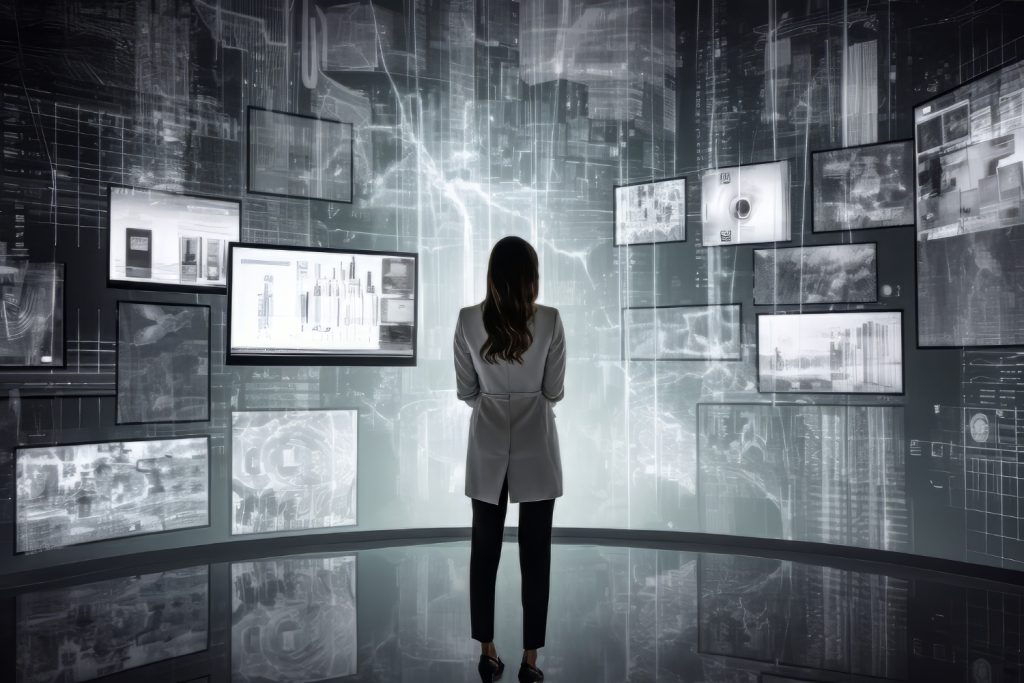Swarm warfare is moving from theory to practice, collapsing the gap between cyber/electronic warfare, autonomy, and C4ISR. This article examines how networked autonomy, self-organization, and electronic fighters are redefining advantage—and what defence planners must change now to compete.
Key Facts
Swarm warfare harnesses self-organized autonomous systems to achieve mass, resilience, and tempo across domains.
Electronic fighters—highly mobile, networked elements—blend EW, cyber, and kinetic effects to disrupt adversary decision cycles.
C4ISR-first design and doctrine matter more than single exquisite platforms; survivability is shifting to networks.
From Electronic Warfare to Networked Combat
Great investments flow into cyber and electronic warfare not only to protect friendly networks but also to impose friction and deception on adversary networks. In the emerging concept, electronic fighters—mobile, networked units operating under persistent communications—execute manoeuvre alongside armoured land elements and air power. Their value lies in mobility, distributed sensing, and the ability to contest spectrum, spoof targeting, and collapse an opponent’s kill chain.
These formations depend on C4ISR that is resilient, modular, and software-defined. Rather than optimizing a single platform, forces optimize the network: data fusion at the edge, adaptive waveforms, and AI-enabled tasking that keeps the swarm warfare force inside the adversary’s decision cycle.
In future fights, survivability migrates from the platform to the network. The unit that maintains data integrity and spectrum dominance dictates tempo.
Autonomy, Self‑Organization, and Swarm Intelligence
Recent models demonstrate self-organized structures that reach conclusions autonomously. Self-organization describes emergent properties of the whole that are not present in any single part; agents act locally on local information without centralized control. Within defence, this becomes swarm intelligence: collective behaviours that generate global effects unknown to individual UAVs, USVs, or UGVs.
Faster compute and autonomy‑increasing algorithms expand where human‑in‑the‑loop control is necessary. As a result, swarm warfare can execute reconnaissance, jamming, decoys, and coordinated strikes with minimal human tasking. The operational concern—once theoretical—materialized when homemade armed drone swarms targeted Russia’s air base in Syria, a proof of concept for asymmetric saturation of high‑value systems.
As ranges and coordination improve, even nuclear‑armed states cannot rely on traditional deterrence alone. Mini/micro UAV swarms can cheaply attrit high‑tech systems, complicating both first‑strike and second‑strike credibility. For planners, this shifts investment from singular exquisite assets to redundant, attritable, and updatable swarms with robust C2.
Decision Velocity, Ethics, and the Human in Command
Automation accelerates decision‑making; delegating micro‑decisions to machines can be decisive in the electromagnetic spectrum, air defence, or counter‑UAS. Yet ceding initiative raises hard questions about lawful targeting, accountability, and fail‑safes. The moral and ethical dilemma is unresolved: societies might tolerate de‑humanized combat zones, but long‑range and remote effects increase risks to civilians when sensors, data links, or models are spoofed or degraded.
Hybrid battlefields—spanning space, offshore littorals, polar regions, cyber, and contested air—multiply the layers at which risk and escalation must be managed. Massive cyberattacks may mark the opening salvo of future conflicts, forcing civilian infrastructure and international law into the heart of operational design. A swarm warfare approach without governance invites brittle escalation dynamics.
Implications for Forces, Industry, and Procurement
For defence ministries and industry, the right response is not platform shopping—it is network design. Planners should prioritize next‑generation C4ISR and information‑based weapons that scale with software. Doctrine and architecture must anticipate contested spectrum, degraded GNSS, and adversarial machine learning. Custom applications matter: assumptions about the next war are historically fragile, so capability portfolios must be configurable and testable in live‑virtual‑constructive environments.
The industrial base should shift toward open architectures, modular payloads, and continuous delivery pipelines that refresh autonomy, EW techniques, and counter‑EW monthly—not in decades. Sensor fusion, edge compute, and resilient mesh networking are the lead sled dogs; exquisite platforms follow their pull. This is how swarm warfare stays adaptive under fire.
Operational Recommendations
Build electronic fighters as mobile, spectrum‑aware teams that blend cyber, EW, reconnaissance, and kinetic options. Train them to manoeuvre with armour and aviation, not as a niche adjunct.
Field attritable swarms with onboard EW/counter‑EW, decoy modes, and multi‑mission payloads. Design the force so that losing nodes does not lose the fight.
Harden the network first: anti‑spoofing, EMCON discipline, mission‑level autonomy for comms‑denied operations, and automated cross‑cueing to keep the kill chain intact.
Institutionalize test‑and‑learn: frequent LVC exercises that stress the network against red‑team swarms and AI‑assisted EW. Measure decision velocity, not just platform readiness.
Conclusion: Competing in the Swarm Era
The future fight is not a single technology; it is the synchronized use of many. Planning for one threat channel wastes resources and invites unpleasant surprise. In an era where anything physically possible becomes operational, swarm warfare turns mass and manoeuvre into software problems. Nations that govern the network, update faster, and integrate ethics and law into command will hold the initiative. Those that do not will face accelerated risk at strategic, operational, and moral levels.
Editor’s note: An earlier version of this analysis appeared in C4Defence Magazine (Issue 59).
Further Reading
- Related: China debuts swarm‑capable USVs (internal) Defence Agenda [1]
- Context: The 4th Industrial Revolution & security WEF [5]
- UN perspective on cyber warfare norms Reuters [6]
References
- Breaking Defense – Can the Army reinvent itself?
- CIMSEC – Will AI be disruptive in war?
- ScienceAlert – Homemade drone swarm attack
- Small Wars Journal – Military innovation
- World Economic Forum – International security
- Reuters – UN chief urges global cyber rules
- Futurism – Cyber warfare rules
Internal link: For a recent example of maritime autonomy shaping operational design, see our coverage: China debuts swarm‑capable USVs.











